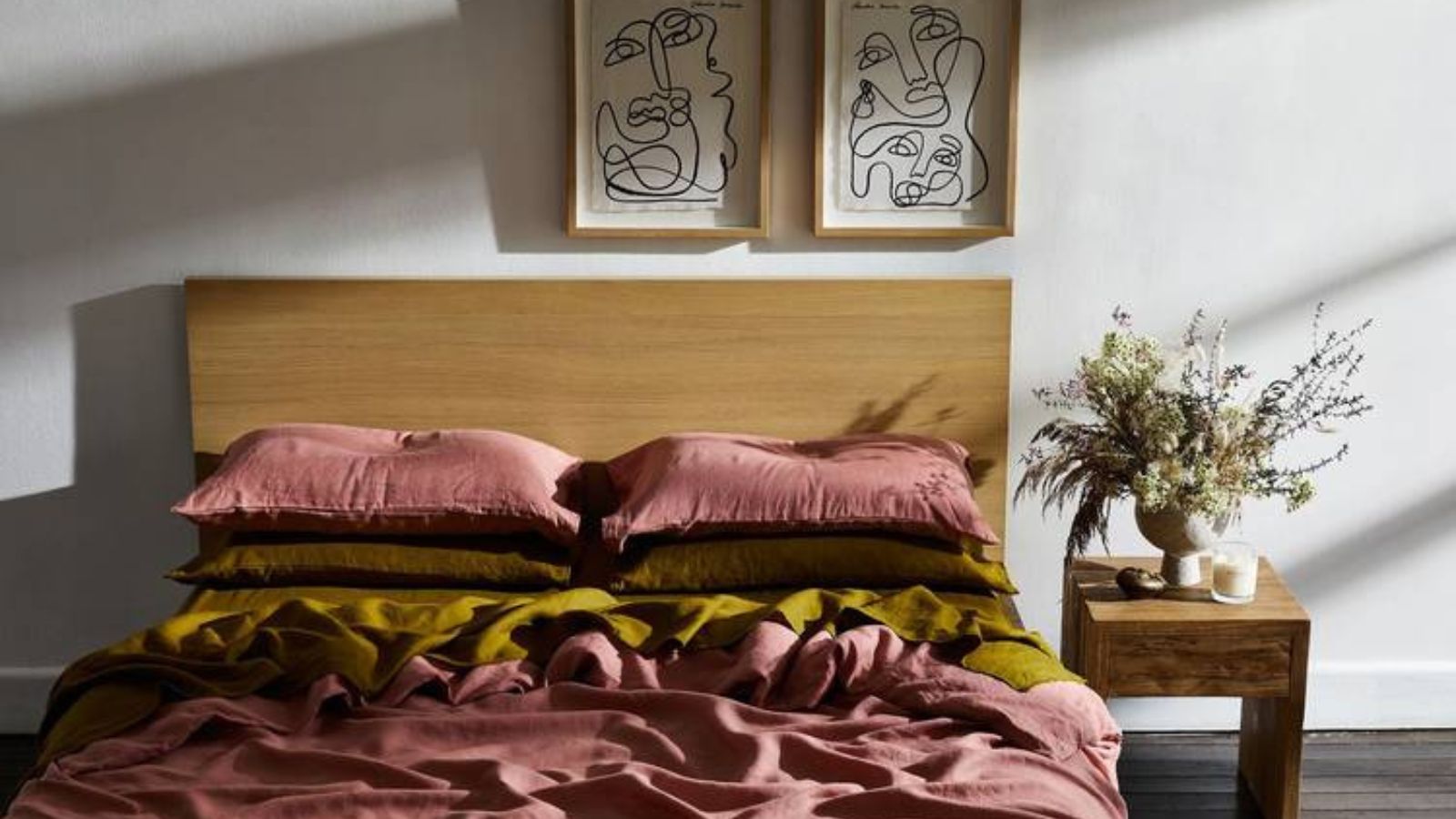
As H&G's resident Sleep Editor, I'm often asked which bedding material is best. My answer varies from person to person. The best bedding material should suit your sleep style, complement your color palette, and come in under budget.
For hot sleepers, I recommend natural fibers, including lightweight linen and breathable bamboo. If you want to make your bed at home feel like a hotel bedspread, I recommend cotton percale. To the untrained eye, many of these bed sheet types look similar, and it can be hard to split the difference.
As H&G's resident Sleep Editor, I lead a team of expert testers to try the world's best bed sheets. Together, we've sampled all the most common bedding materials, from crisp, cool percale to silky-smooth sateen. I asked a panel of product testers and bedding experts to share their favorite fabrics and reveal which bedding material is best for which sorts of sleepers.
Which bedding material is best? Experts share 5 favorites
Before we begin, sleep science coach Tony Klespis (Mattress Clarity) wants to dispel a common misconception: that the best bed sheets have a high thread count. 'Thread count will vary depending on the material and doesn't necessarily relate to its quality,' says Tony.
Some budget bedding manufacturers work with multi-ply weaves, using lots of thin, flimsy fibers to artificially inflate thread count. The trick is to find bed sheets made from long, strong staples. 'Some high-quality linen and Tencel sheets will have a lower thread count and still look and feel luxurious,' says Tony.
1. Tencel
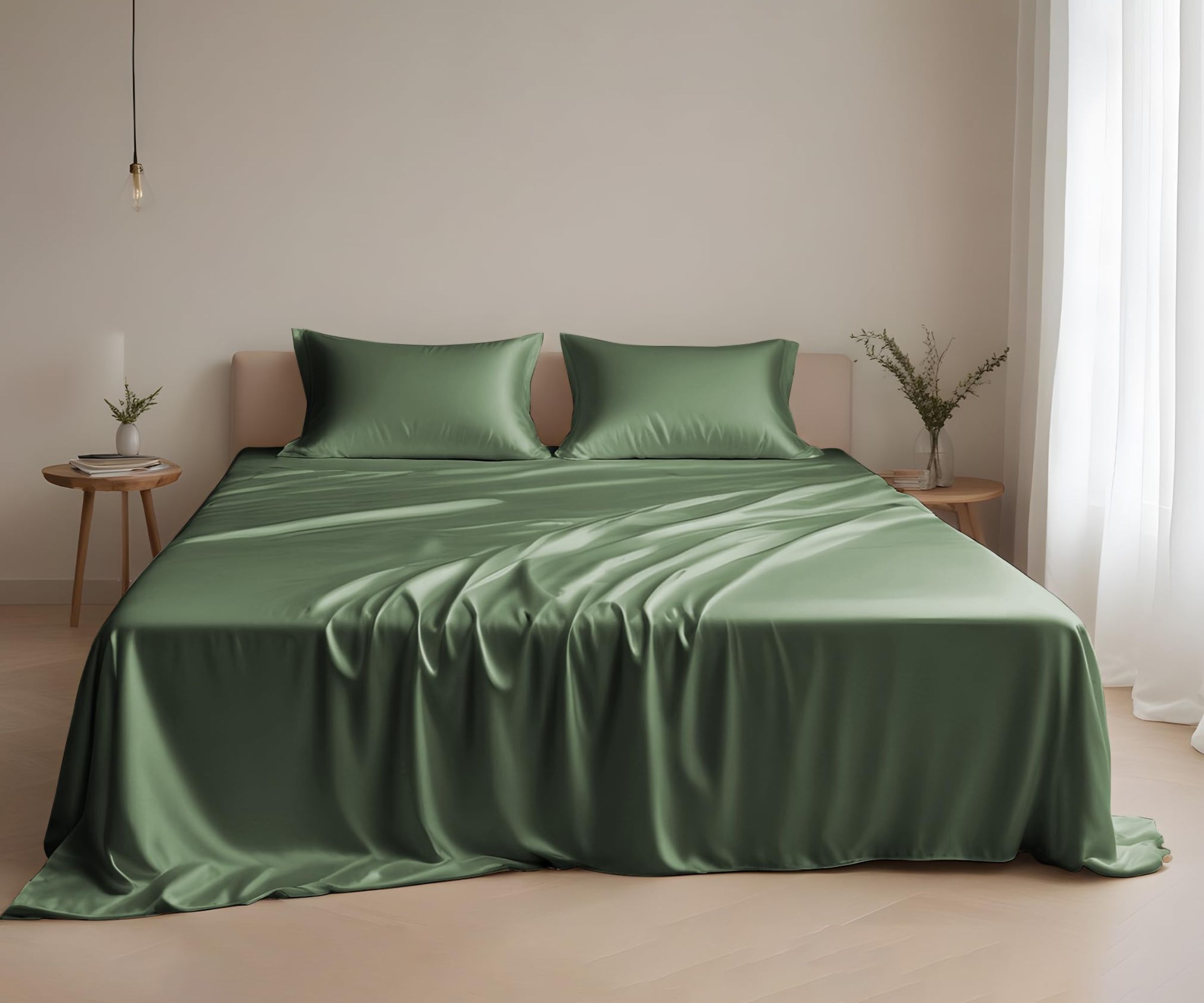
'Tencel is the brand name for lyocell,' Tony explains, 'which is a fabric derived from the pulp of eucalyptus trees. Tencel contains tiny hydrophilic fibers which soak up moisture while you sleep, keeping your bed and your body cool and dry.'
I suffer from night sweats, especially during summer, and I've found that my Tencel sheet set from Sijo makes the most effective moisture-wicker. I'd put them up there with the best cooling sheets.
I've been sleeping on these sheets since January 2024. Through nightly wear and tear, plus countless cycles in the washing machine, they haven't lost their silky sheen. These sheets are genuinely cool to the touch. If you're looking for something more breathable, I suggest cotton percale.
2. Cotton percale
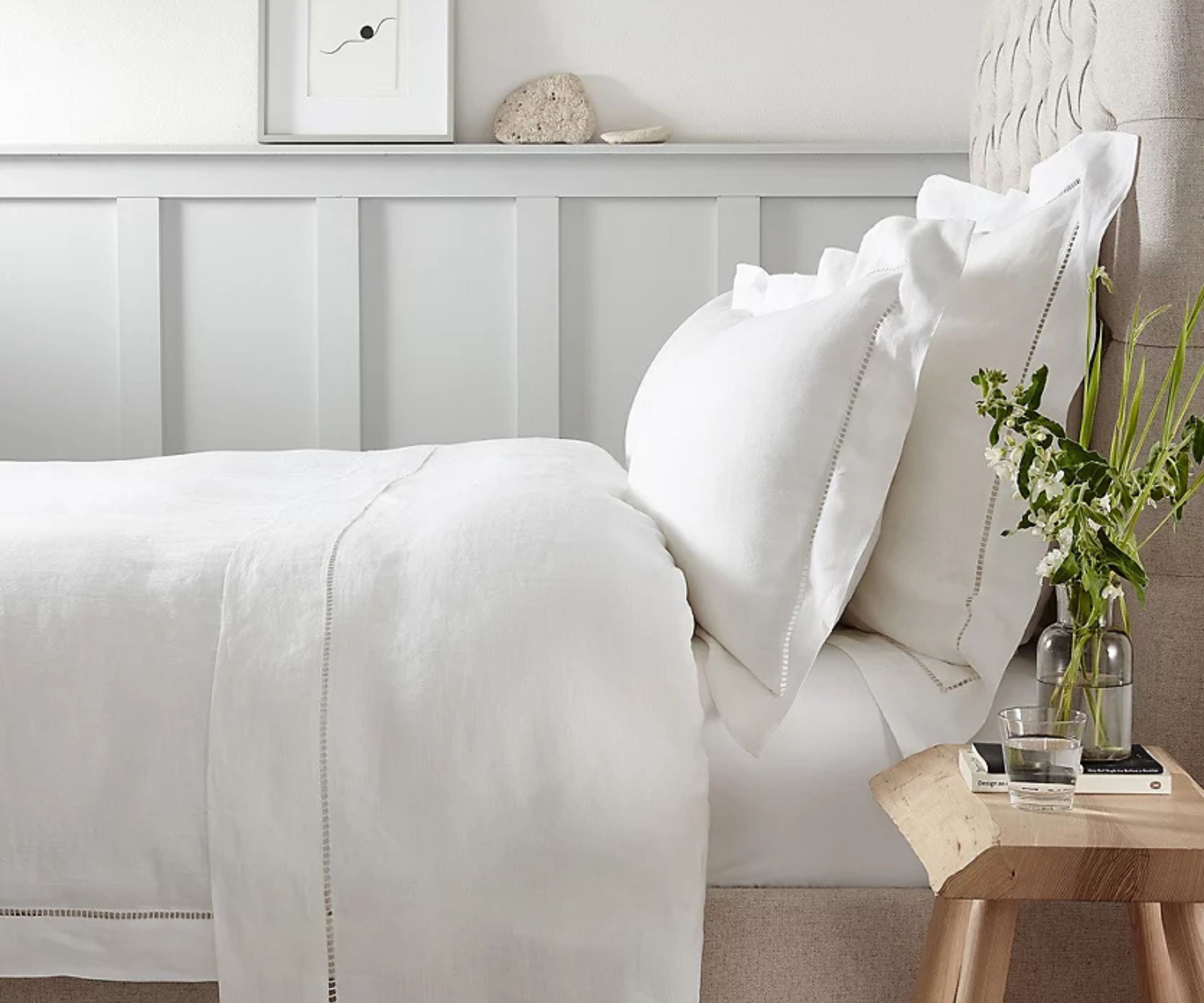
Naturally cooling, cotton percale is the sort of sheeting material you find in high-end hotels and luxury spas. It's breathable and durable, able to survive long-term use without losing its clean, crisp finish.
I'd recommend cotton percale to anybody who wants to recreate a hotel-quality bedspread. If you can, I'd encourage you to go organic. Byron Golub (Vice President of Product & Merchandising at Saatva) agrees: 'Because organic cotton plants are made without pesticides, they yield longer-staple fibers, resulting in a softer, more breathable fabric.'
Over the course of my career, I've sampled more than a dozen sheet sets, and this clean, crisp cotton set is one of my personal favorites. It's easy to maintain and comes in a wide variety of colors, prints, and patterns to suit any bedroom aesthetic.
3. Linen
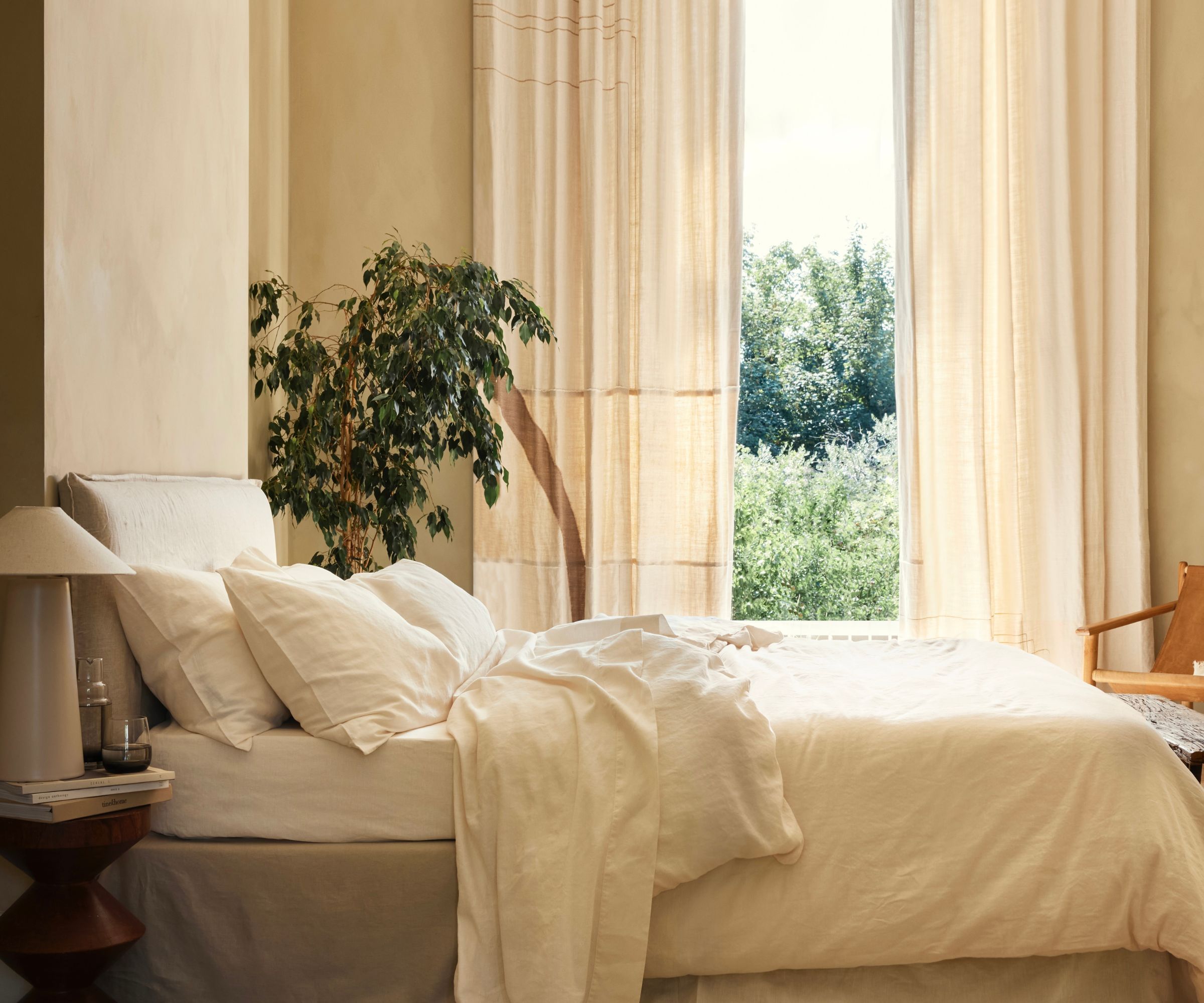
The best linen sheets are breathable and durable. Where cotton percale is crisp, and Tencel feels soft and slippery, linen is coarser, with touchable texture. If your linen sheet set feels a little stiff to start, don't worry − it should soften up in the wash.
'The highest quality is made from French or Belgian flax, which grows taller than flax grown in other places,' says Byron Golub. 'The taller the flax plant, the longer the fibers taken from these plants to produce yarn. Longer fibers mean better breathability and moisture-wicking properties.'
According to Byron, linen can absorb up to 20% of its weight in moisture before feeling wet – so you will remain dry – and your sleep is less likely to be interrupted through the night. Breezy and breathable, linen is one of the best bedding materials for a summer sheet set.
As bed sheet types go, linen is one of the most expensive. You could easily spend $400 on a flat sheet, a fitted sheet, and two pillowcases. If you're working with a tighter budget, you should consider this more affordable set from Quince.
4. Bamboo
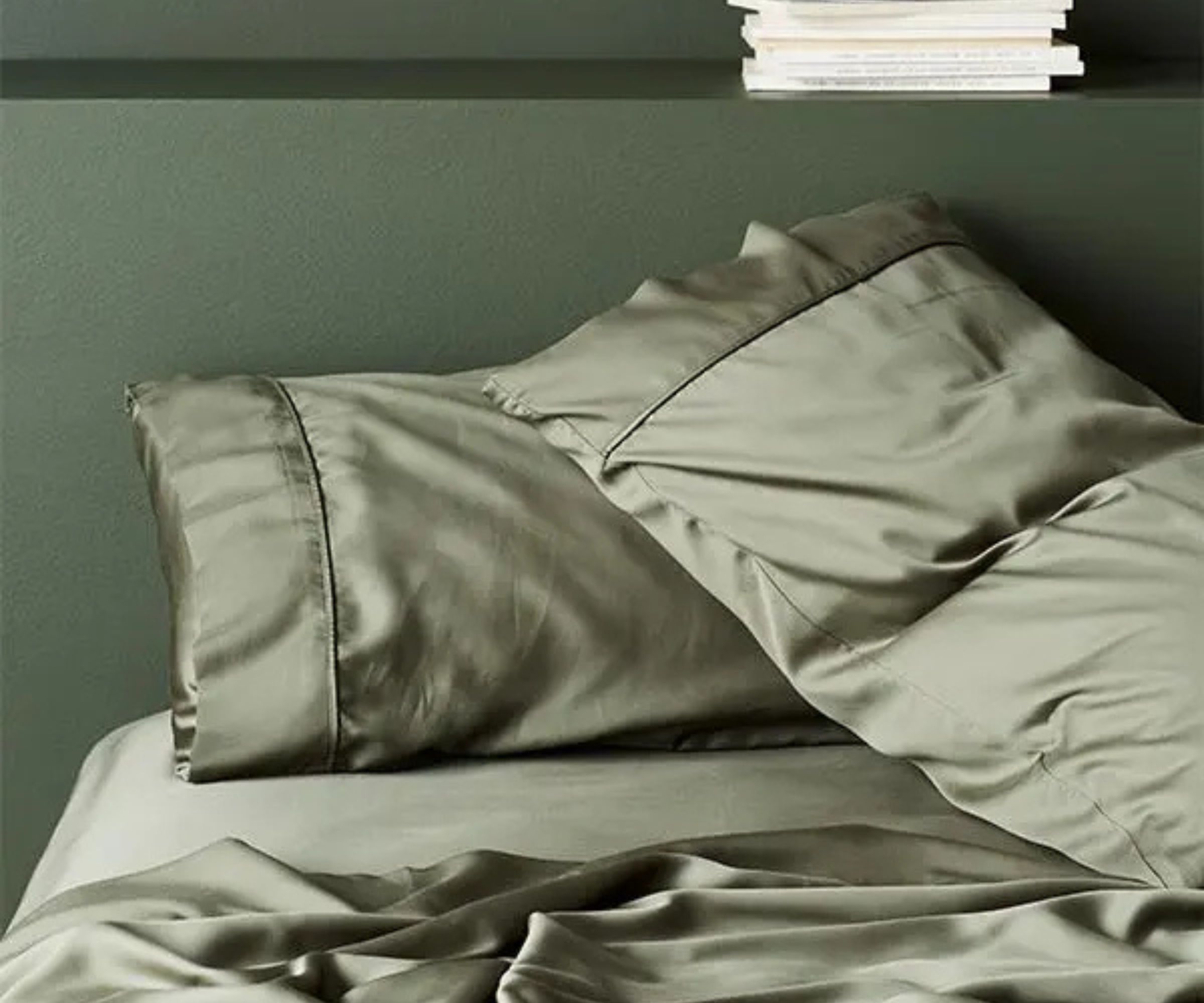
Bamboo, the natural fabric that comes from the pulp of bamboo grass, is loved by experts for its natural, hypoallergenic, and breathable qualities.
Bamboo is naturally antimicrobial and moisture-wicking, so it's great for hot sleepers and eco-conscious shoppers. Bamboo viscose or poly blends tend to incorporate plastics or harsh chemicals, but bamboo lyocell is a cleaner option for eco-conscious shoppers.
According to ettitude, bamboo is the fastest growing plant on the planet, growing three times faster than we can harvest it. ettitude harvest high-fiber bamboo, grown from 100% rainwater, to create biodegradable bed sheets with a silky-smooth finish.
5. Cotton sateen
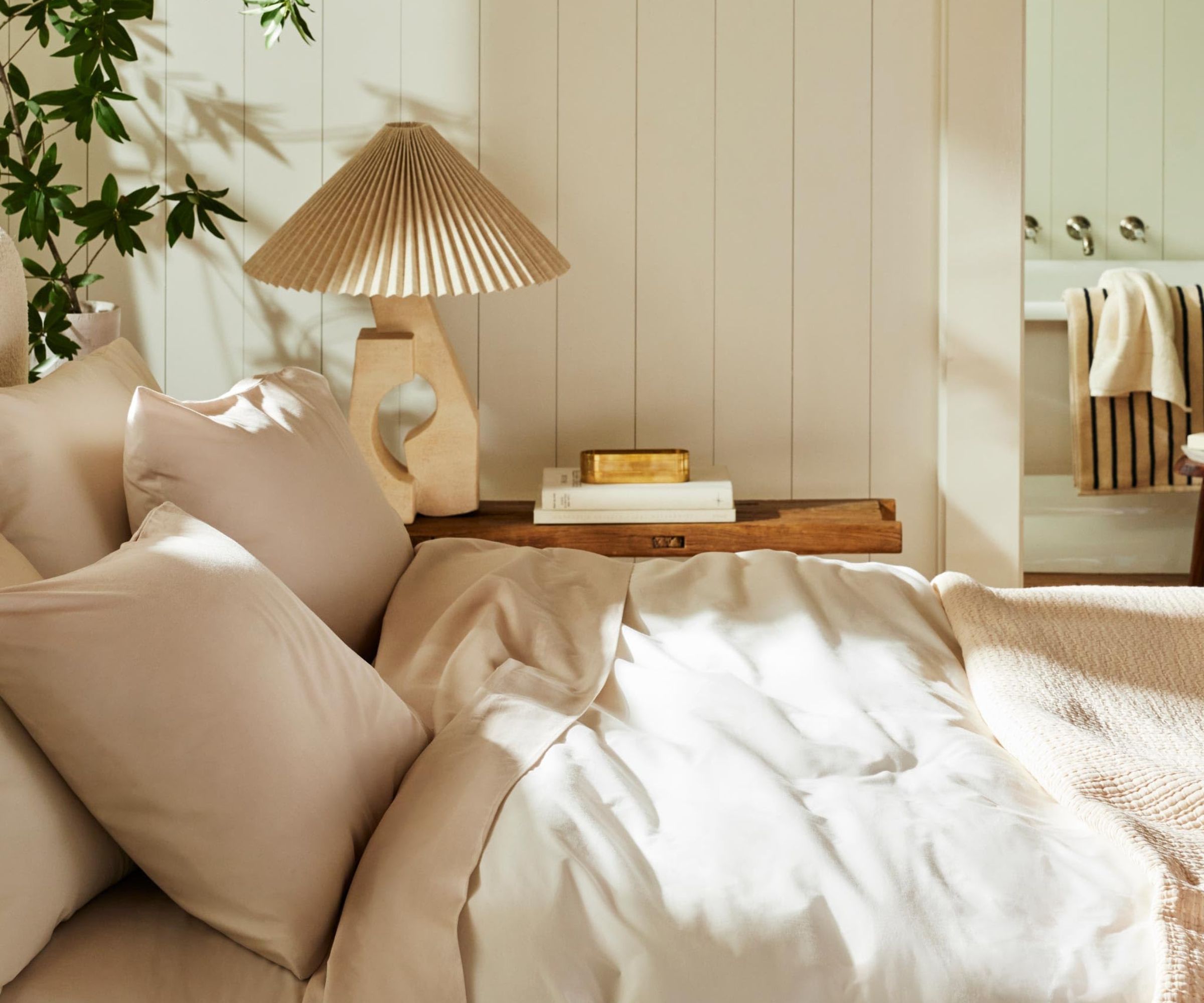
Cotton sateen is a tight weave (three-threads-over, one-thread-under) that creates thick, heavy sheets with a lustrous sheen. If you want your bedspread to look and feel luxurious, this is the way to go.
Because the weave is so much tighter than cotton percale (which goes one-thread-over, one-thread-under), cotton sateen tends to retain more heat. That's good news for cold sleepers, and anyone who lives in a colder climate. Still, if you suffer from night sweats or hot flashes, you'll likely find that cotton sateen sleeps too warm.
This cotton sateen sheet set boasts a 4.6 average star rating from 800 verified reviews. 'These sheets are perfect,' reads one recent review. 'They have wide, extra-grip elastic around the entire outer edge of the fitted sheets. That is a game-changer. Also the texture is very nice. They come out of the dryer a little more wrinkled than I would like, but if I put them on the bed warm from the dryer, the wrinkles smooth out.'
FAQs
Which is the best bedding material for hot sleepers?
I suffer from night sweats, especially during summer, and I've found that bamboo is the best bedding material to regulate my temperature and wick away moisture, keeping me cool and dry. You could also try linen or Tencel.
What bedding is used in 5 star hotels?
I've written an entire article answering the question, 'which bedding do luxury hotels use?' While the look and feel of the bedspread may vary from one hotel to the next, you'll often find crisp cotton percale sheets, along with the best duvet insert for maximum fluff and the best pillow to suit front, back, and side sleepers.
Before you start shopping for sheets, it's worth learning more about the bedding materials to avoid. I'll always advocate for natural fibers over synthetic ones. Linen, cotton, bamboo and the like are far more breathable and environmentally friendly than materials such as polyester and microfiber.







